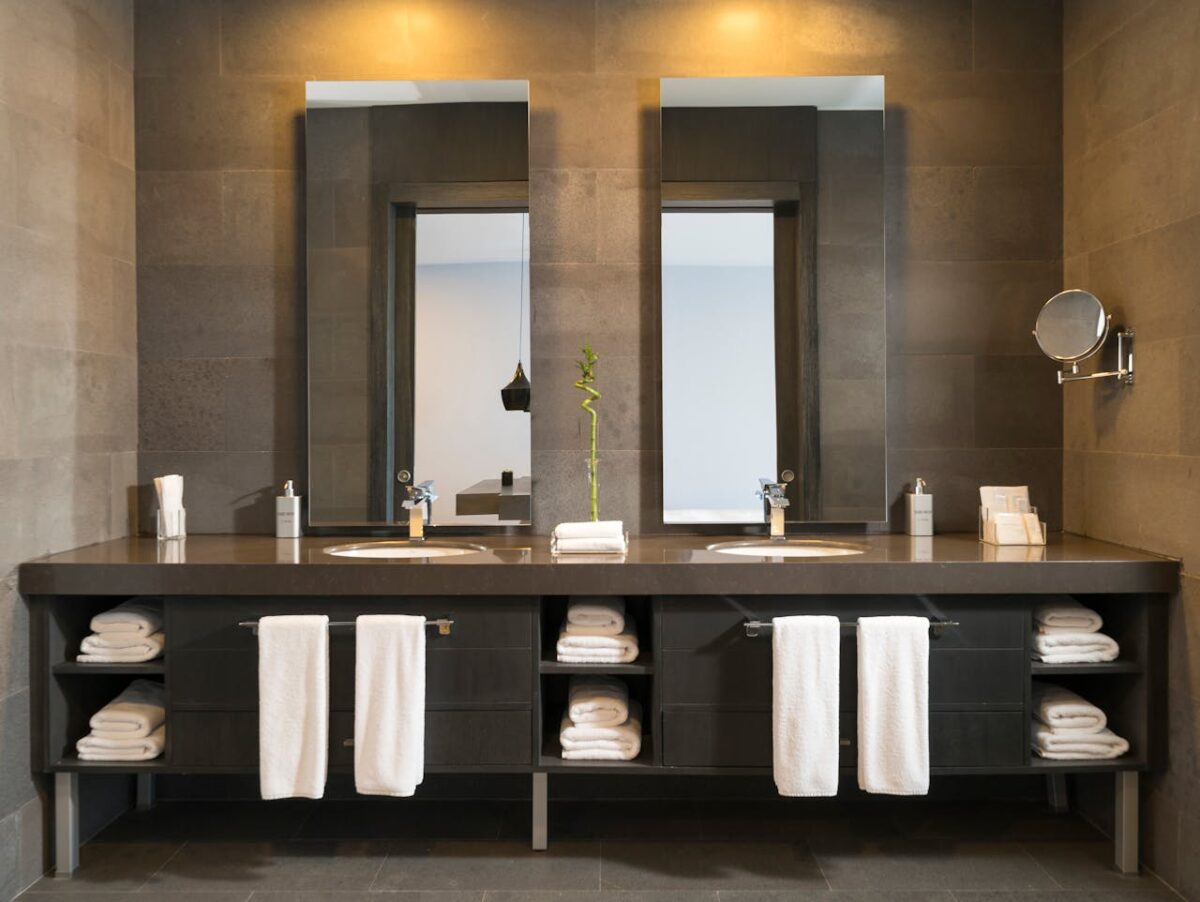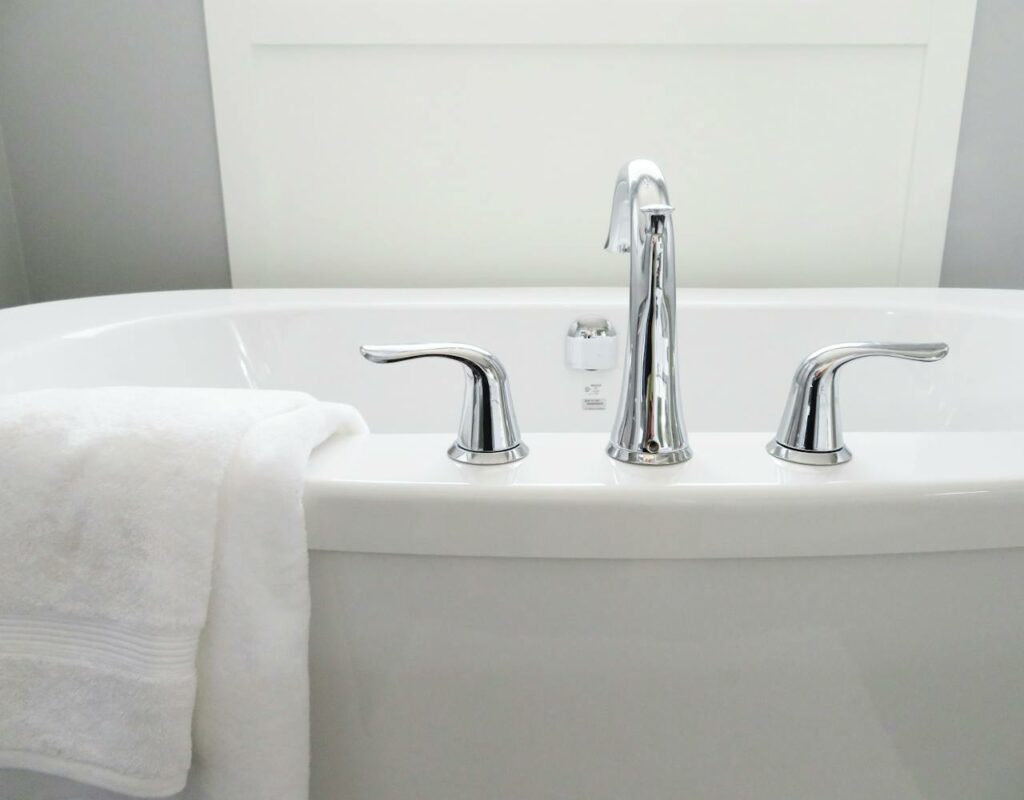Suffering a personal injury can be a traumatic and overwhelming experience, often leaving individuals uncertain about what steps to take next. Whether you’ve been involved in a car accident, slipped and fallen, or experienced any other form of personal injury, knowing how to proceed is crucial for your well-being and legal protection. In this comprehensive guide, we’ll outline the essential steps you should take after experiencing a personal injury, providing detailed insights to help you navigate the path to recovery and justice with confidence and clarity, so make sure you check these things out as soon as you can.
Seek Medical Attention Immediately
The first and most critical step after sustaining a personal injury is to seek medical attention without delay. Even if you believe your injuries are minor, it’s essential to have a professional evaluation to assess the extent of your injuries and initiate proper treatment. Delaying medical care can not only worsen your condition but also weaken your potential legal claim, as insurance companies may argue that your injuries were not severe enough to require immediate attention.
Document the Incident
As soon as possible, document the details of the incident while they are fresh in your memory. This comprehensive documentation process includes taking photographs of the scene from multiple angles, gathering contact information from any witnesses, and obtaining a copy of any incident reports filed by authorities or property owners. The more thorough and detailed your documentation, the stronger your case may be if you decide to pursue legal action against the negligent party responsible for your injuries.
Notify Relevant Parties
Depending on the nature of your injury, you may need to notify various parties, such as your employer (if the injury occurred at work), your insurance company, or the property owner where the incident occurred. Promptly informing these parties can help facilitate the claims process and ensure that you receive the necessary support and compensation for your injuries. Failure to notify relevant parties on time could result in delays or complications in your case, potentially impacting your ability to obtain the compensation you deserve.
Preserve Evidence
Preserving evidence is crucial in establishing liability and proving the extent of your damages. This multifaceted process involves not only collecting physical evidence from the scene of the incident but also keeping a meticulous medico legal report of all related documentation, such as medical bills, receipts for any expenses incurred as a result of your injury, and any correspondence with insurance companies or other parties involved. Additionally, it’s essential to refrain from repairing or altering any property damaged in the incident, as it may serve as vital evidence in your case.
Consult with a Personal Injury Attorney
Navigating the legal complexities of a personal injury claim can be daunting, especially while recovering from your injuries. That’s why it’s highly advisable to consult with a knowledgeable personal injury attorney who specializes in handling cases similar to yours. An experienced attorney can provide invaluable guidance and support throughout the process, helping you understand your rights, assess the strength of your case, negotiate with insurance companies on your behalf, and represent your interests in court if necessary.
Follow Your Doctor’s Orders
Following your doctor’s orders and attending all scheduled appointments is essential for both your recovery and your legal case. Failing to comply with medical treatment or disregarding your physician’s recommendations can not only prolong your recovery but also weaken your claim for damages. By actively participating in your rehabilitation process and adhering to your doctor’s instructions, you not only prioritize your health and well-being but also demonstrate your commitment to seeking full compensation for your injuries.
Keep Track of Your Progress
As you recover from your injuries, it’s essential to keep detailed records of your progress, including any changes in symptoms, limitations in daily activities, and the overall impact of the injury on your quality of life. These records serve as compelling evidence of the physical, emotional, and financial toll of the injury when seeking compensation for your damages. By maintaining accurate and thorough records, you empower yourself to effectively communicate the extent of your losses to insurance companies, legal representatives, and any other relevant parties involved in your case.
Experiencing a personal injury can be a challenging and overwhelming ordeal, but taking the right steps in the aftermath can make all the difference in your recovery and pursuit of justice. By seeking medical attention promptly, documenting the incident comprehensively, notifying relevant parties, preserving evidence, consulting with a personal injury attorney, following your doctor’s orders diligently, and keeping track of your progress meticulously, you can protect your rights and maximize your chances of obtaining the compensation you deserve. Remember, you don’t have to navigate this journey alone—reach out to trusted professionals and support networks to guide you through this challenging time and emerge stronger on the other side.











